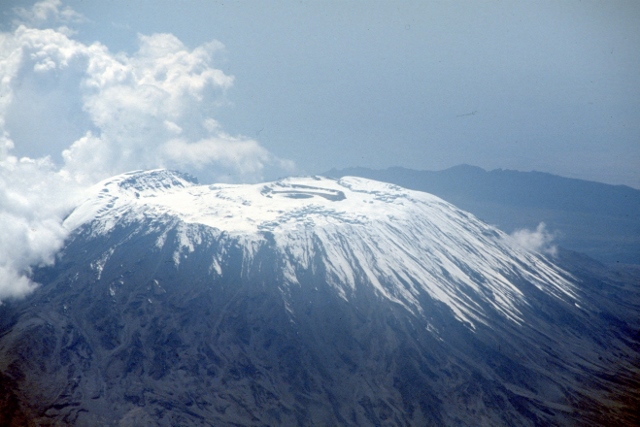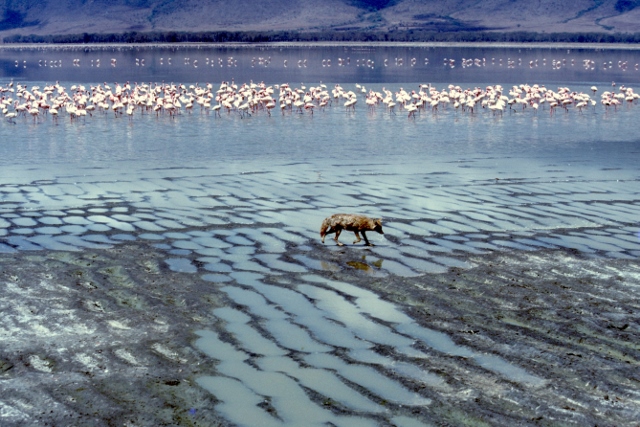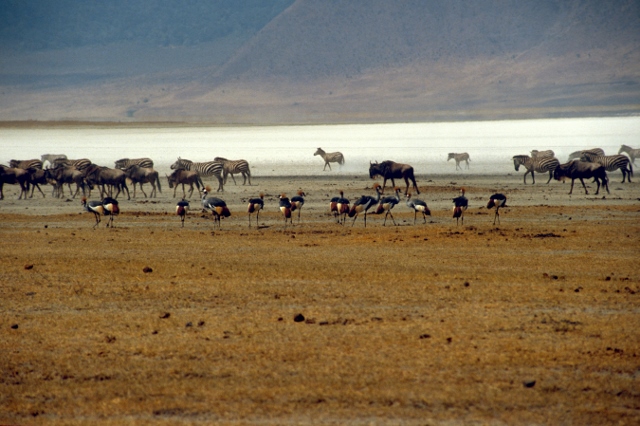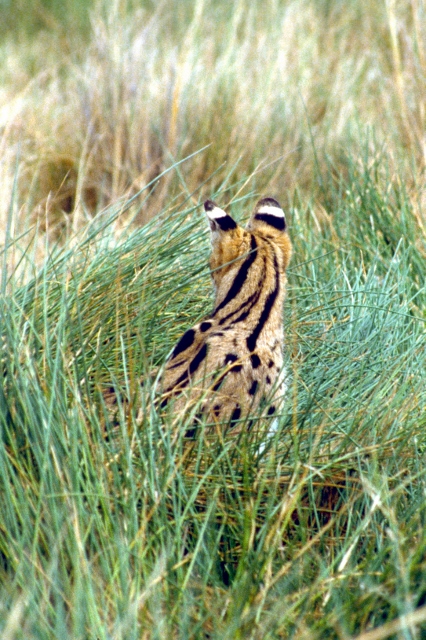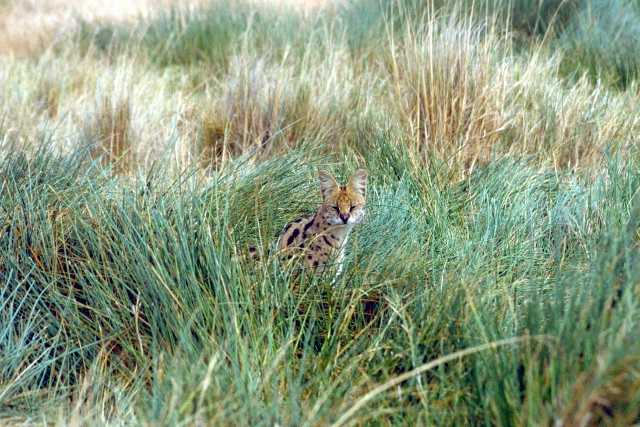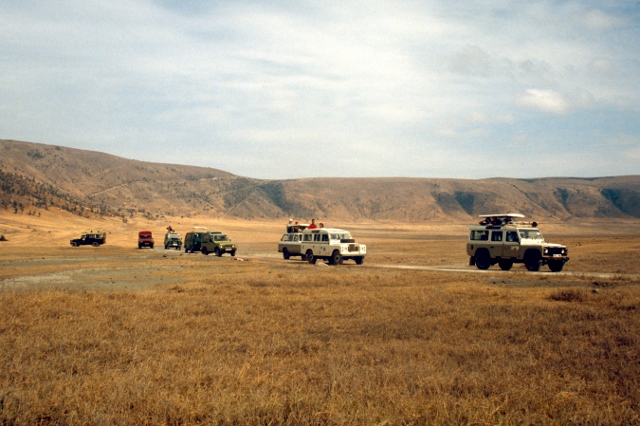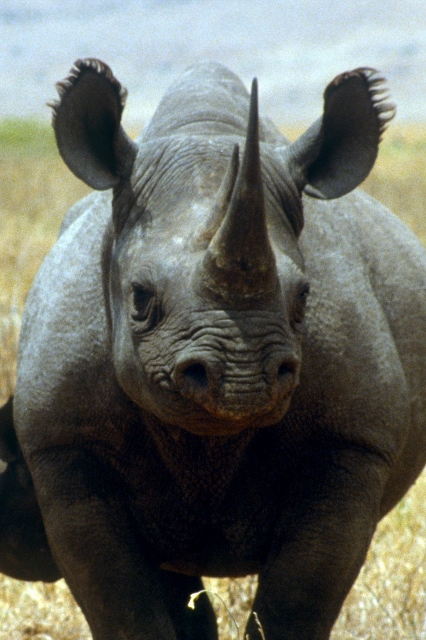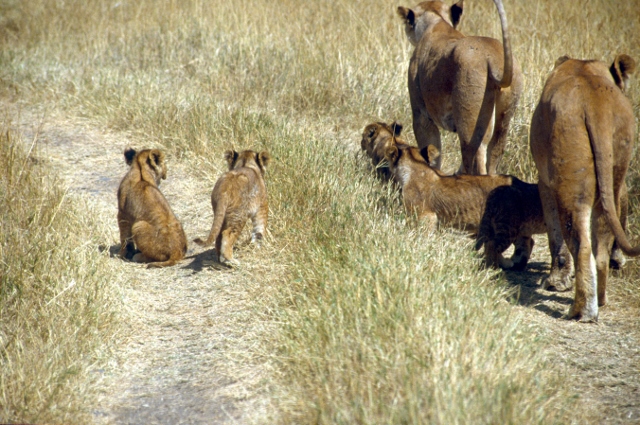regrets
In the 1980s I was much less of an avid traveller then I am now, although even in those days I already had lots of plans that most of my colleagues at work thought were ludicrous. I wanted to cross the Masai region in Northern Tanzania, an area difficult to negotiate, and with very few facilities. Which we had to cancel because one of the compatriots for the trip became pregnant, and didn’t want to risk it anymore. I also planned to go to Lake Turkana in Kenya, where nomadic tribes of the same name were still dressed in their fabulously colourful gear – I had seen pictures. And I even wanted to drive back from Tanzania to Europe, through Kenya and Sudan, only stopped by the never-ending war – already then – in the south of that country. And by the reality of working life, which didn’t allow for such time consuming adventures.
The one thing we could easily have done was climbing Mount Kilimajaro, Africa’s highest peak with 5894 meters. Lots of people did so, it wasn’t very difficult, was well organised, piece of cake really. At the time I thought it was highly overrated, now I regret myself I didn’t do it. The closest I got was flying over by commercial airliner, early morning one day returning to Dar es Salaam. Luckily, I had my camera handy – this was long before the smartphone era.
the game parks
We did get to almost all of the game parks in Northern Tanzania, though. There were the smaller parks, Tarangire and Lake Manyara, the latter with its famous tree climbing lions – which, however, eluded us every time we visited here. And then there was the biggest one, Serengeti, which continued across the Kenyan border as the Masai Mara, a huge expanse of plains that facilitated the wildebeest trek every year. Somehow, we were never there at the right time, so we never saw the spectacularly large herds of wildebeest, but we enjoyed the safaris here, nonetheless. Unlike the parks further south, like Mikumi and the Selous, there were far fewer trees here, which made spotting the animals a lot easier.
The real gem was – still is, I suppose – the Ngorongoro Crater, a 20 km wide extinct volcano, at the base of which it is teeming with animals, the herbivore grazers and the meat-eating hunters. You can actually camp at the crater floor – another regret, something I never did -, but most people stay at one of the lodges at the crater rim, and descent in the morning, along a steep and narrow track, which I remember as quite a frightening experience. Luckily, there was a one way system in and out of the crater, the way up equally steep and frightening, so at least you didn’t have to deal with oncoming traffic. Once at the bottom, though, total bliss! Spectacular environment, great game viewing, and definitely the best safari experience we had in those years in Tanzania.
Mind you, if you ever contemplate a safari yourself: a safari is good fun, but after three or four days you have seen what you came to see, time for something else. Even in the Ngorogoro Crater and the Serengeti. You’ll understand, after too many safari photos!
The last entry on Tanzania is on the southwestern part of the country.




